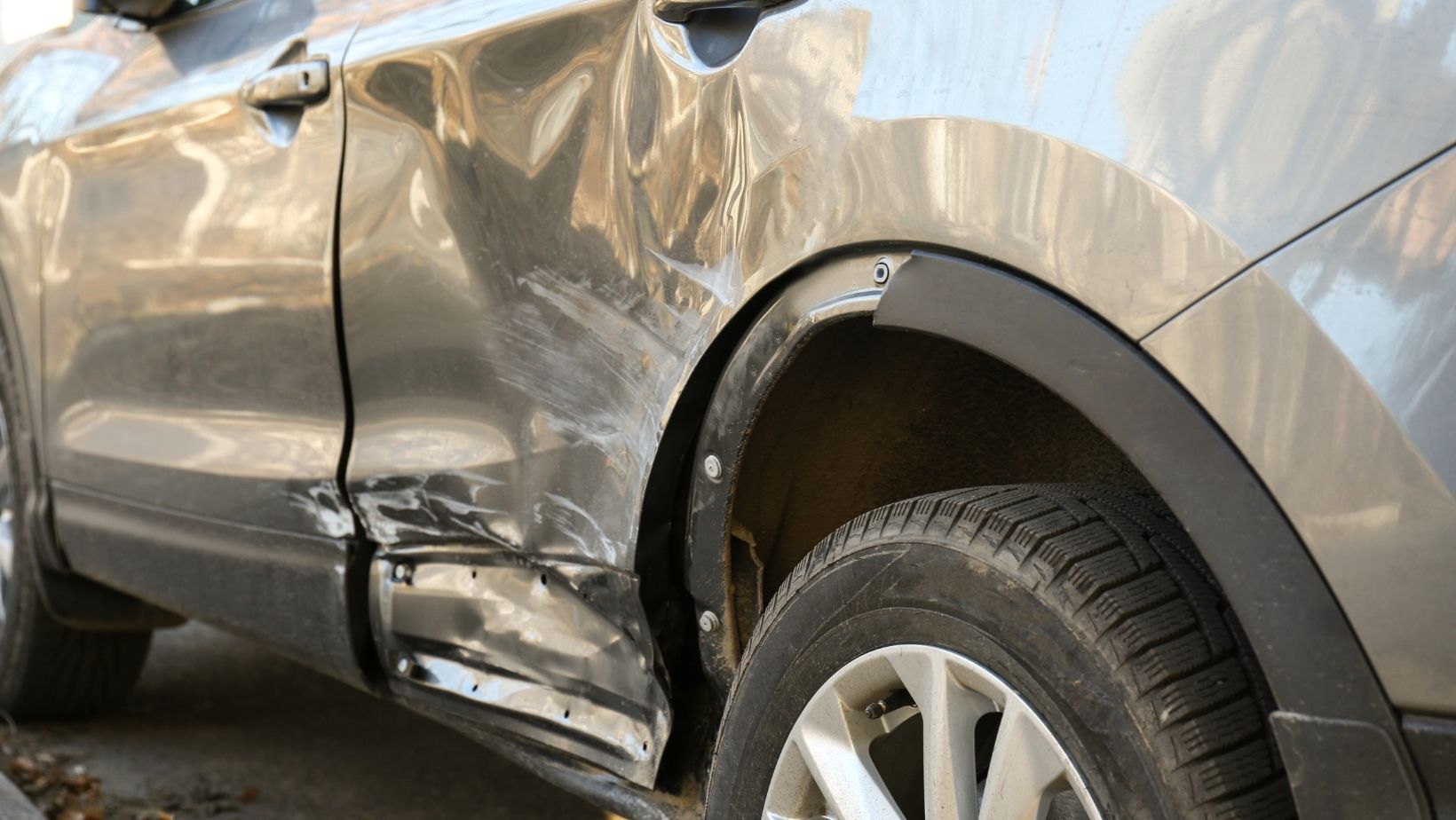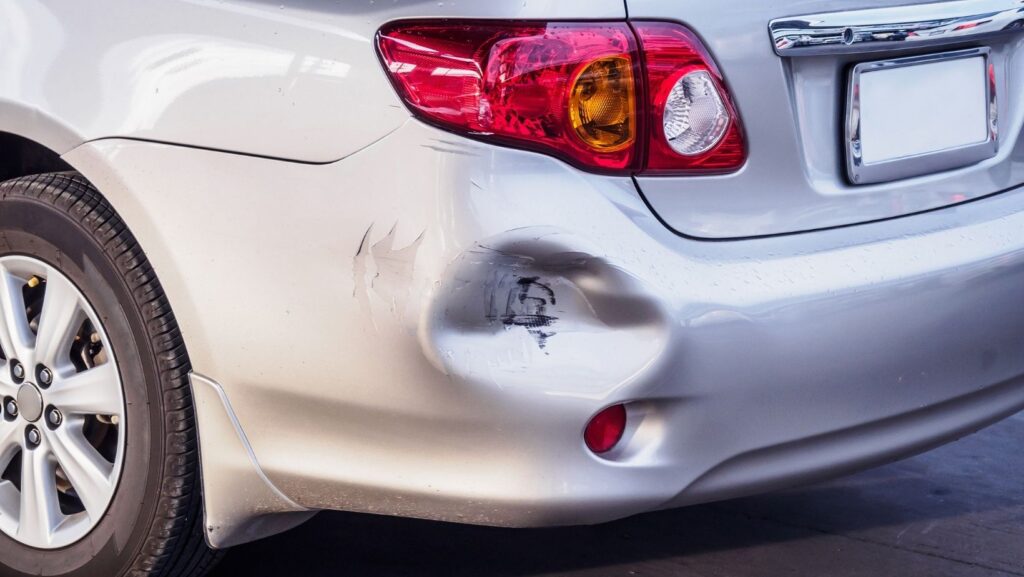
In the world of used cars, appearance matters—but maybe not as much as you think. If you’re the type of buyer who cares more about functionality than perfect paintwork, then seeking out a hail damaged car for sale could be a smart financial move. Hailstorms can batter the exterior of vehicles, leaving behind dents and dings, but often leave the engine, frame, and core components untouched.
Because of this, hail damaged cars frequently end up priced significantly below market value—even if they’re mechanically sound and legally drivable. For those willing to accept some imperfections or perform minor cosmetic repairs, these vehicles offer a unique path to affordable car ownership.
In this post, we’ll explore what hail damaged cars are, why they’re sold, what to look for before buying one, and whether they’re worth the investment.
What Is a Hail Damaged Car?
A hail damaged car is a vehicle that has sustained damage from a hailstorm, typically in the form of dents on the roof, hood, trunk, and other exposed metal surfaces. In some cases, the damage is purely cosmetic. In others, it may also involve cracked windshields, broken windows, or minor water intrusion.
When the cost of repairing the hail damage exceeds a certain percentage of the vehicle’s value, insurance companies may declare the car a total loss and issue it a salvage title. That’s when these vehicles typically appear for sale at auction or through secondary marketplaces.
Why Are Hail Damaged Cars for Sale So Cheap?

The resale value of a car drops significantly when it’s been involved in an insurance claim, especially if it has a salvage or rebuilt title. Even if the car runs perfectly and the damage is limited to small dents, most traditional dealerships and retail buyers avoid these vehicles.
As a result, sellers—often insurance companies, auction houses, or private owners—lower the price to make them attractive. This presents an opportunity for buyers who prioritize performance, reliability, and savings over pristine bodywork.
Who Should Consider Buying a Hail Damaged Car?
Hail damaged cars aren’t ideal for everyone, but they can be a great match for specific types of buyers:
● Budget-conscious individuals: If you’re looking to save thousands of dollars on a dependable car, hail damage may be worth accepting.
● DIY enthusiasts: Some buyers fix cosmetic issues themselves using paintless dent repair tools.
● Rural drivers: People living in areas where appearance isn’t a top priority may not mind driving a slightly dented vehicle.
● Business owners: For delivery drivers, small contractors, or ride-share operators, a hail damaged car can be a low-cost solution.
● First-time drivers: New drivers, especially teens, may not need a showroom-quality vehicle to get started.
Pros of Buying a Hail Damaged Car
1. Significant Cost Savings
You could save anywhere from 20% to 50% or more off the standard price. A $15,000 vehicle with moderate hail damage might sell for just $8,000.
2. Mechanically Sound Vehicles
Unlike flood or fire damage, hail usually doesn’t affect the vehicle’s engine, suspension, or brakes. Many hail damaged cars are perfectly drivable.
3. Lower Insurance Costs (in Some Cases)
If you opt for liability-only coverage, you may pay less since the car’s value is lower. Some insurers won’t offer comprehensive coverage, but that may not matter if you’re looking for basic protection.
4. Minimal Repairs Needed
Some cosmetic flaws may not need fixing at all, especially if you’re not concerned about resale value or appearance. In other cases, minor dents can be removed with affordable dent repair services.
Cons of Buying a Hail Damaged Car
1. Aesthetic Imperfections
The most obvious downside is the look. Roofs, hoods, and trunks can appear peppered with dents. For some, this is a dealbreaker. For others, it’s purely cosmetic.
2. Limited Financing Options
Some lenders are reluctant to finance hail damaged or salvage title vehicles. Cash purchases are often the best route.
3. Reduced Resale Value
If you plan to resell the car later, you may face lower offers than expected—even if the vehicle runs perfectly.
4. Insurance Restrictions
Certain insurers may decline to offer comprehensive or full coverage on a car that has pre-existing damage. It’s essential to clarify this before purchasing.
What to Check Before Buying
1. Extent of the Damage
Not all hail damage is equal. Some vehicles may only have a few shallow dents, while others may have extensive body and glass damage. Request detailed photos and, if possible, inspect the vehicle in person.
2. Title Status
Some hail damaged cars still have clean titles if the damage didn’t result in an insurance claim. Others may be issued a salvage or rebuilt title. Understand the implications for registration, insurance, and resale.
3. Glass and Seals
Check for cracked windshields, broken sunroofs, or compromised door seals. These issues can lead to water leaks and additional interior damage over time.
4. Vehicle History Report
Always run a VIN check to see the car’s full history. Look for prior accidents, title changes, or flood damage that might not be disclosed.
5. Repair Estimates
If you’re considering fixing the dents, get an estimate from a body shop. Paintless dent removal is often cheaper and faster than traditional repair methods.
Where to Find Hail Damaged Cars for Sale
● Salvage auctions: These are prime sources for hail damaged vehicles, especially following major storms.
● Insurance companies: Occasionally sell directly to the public or through partner auctions.
● Online marketplaces: Some private sellers list hail damaged cars at discount prices on classified sites or auto sale platforms.
● Dealers specializing in rebuilds: These businesses may repair and resell hail damaged vehicles with rebuilt titles or offer them “as-is” at lower prices.
Sample Scenario: Buying a Hail Damaged Sedan
You find a 2020 Toyota Camry with hail dents across the roof and hood. The clean-title value is $20,000, but the seller is asking $13,000. The car has 35,000 miles and no mechanical issues.
You inspect the damage and decide that cosmetic repairs aren’t essential. However, you replace the cracked windshield for $400.
Your total investment: $13,400
Estimated market value (after repair): ~$15,000
Your effective savings: $5,000–$6,000 compared to a clean-title, undamaged version.
If you plan to drive it for the next five years, the dents are merely superficial—and the savings substantial.
Can You Repair the Damage Yourself?
If you’re comfortable with basic bodywork, you can attempt paintless dent removal on your own using suction tools or dent pullers. However, if the damage is extensive or the paint has cracked, professional repair may be necessary.
That said, many buyers choose to leave the dents as-is, particularly if the car will be used for work or in environments where aesthetics aren’t important.
Final Thoughts
Buying a hail damaged car for sale can be a smart move for those focused on reliability and value over appearance. These vehicles often have minor issues that don’t affect drivability, making them ideal for everyday drivers, new owners, or budget-focused households.
As with any used vehicle, do your due diligence. Assess the true extent of the damage, consider title implications, and understand what repairs (if any) are required. If you’re comfortable with a few dings and dents in exchange for a lower price, hail damaged cars offer one of the best value opportunities in the used car market.







